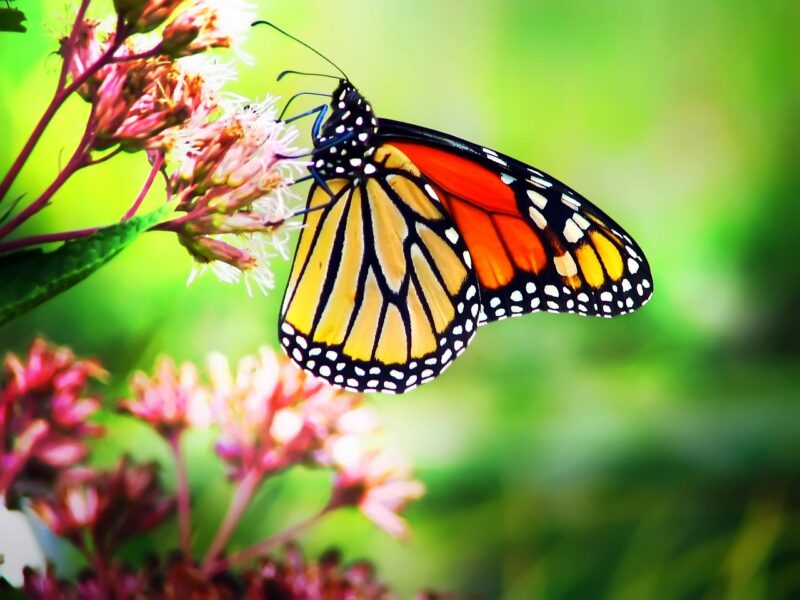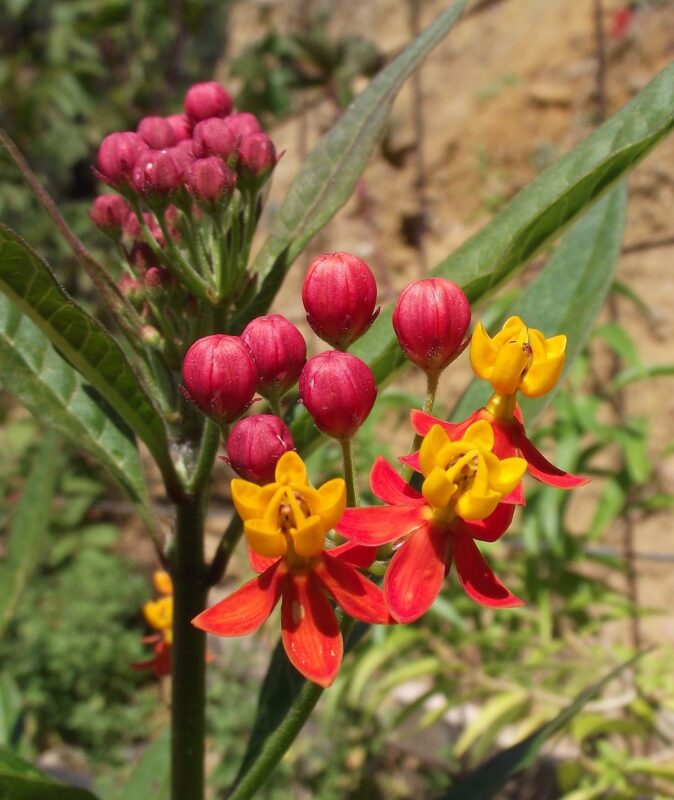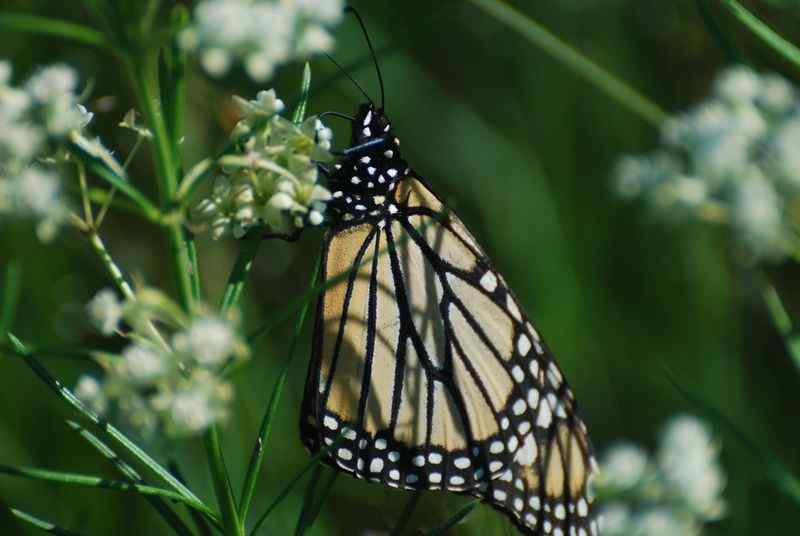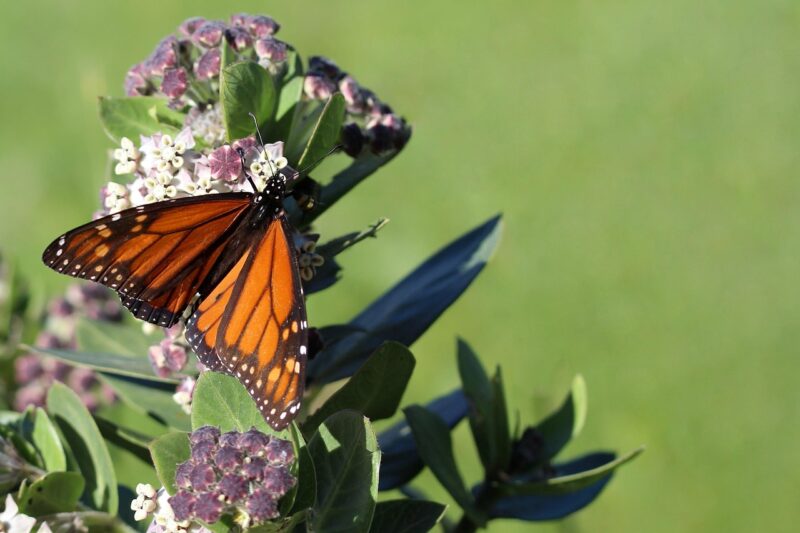In this guide, we will explore the optimal planting times, the conditions necessary for growth, and the broader benefits of cultivating milkweed.
The Optimal Planting Time

General Planting Guidelines
When considering when to plant milkweed, timing depends heavily on your region’s climate and growing conditions. In general, milkweed can be planted either in the spring after the last frost or in the fall before the first frost.
Spring Planting: Typically, spring planting is ideal for most gardeners, as it allows the plants to establish themselves during the growing season. Depending on where you live, the last frost date can range from late March to late May.
Fall Planting: Fall planting is advantageous because it allows the seeds to undergo natural stratification—exposing them to cold temperatures can enhance germination rates in the spring. If you live in areas with mild winters, planting in the fall can lead to earlier growth when spring arrives.
Regional Considerations
The timing of milkweed planting can vary significantly across different regions of the United States. Here’s a breakdown by region:
Northern States (e.g., Minnesota, Michigan): For cooler climates, wait until late April to early June for spring planting, and consider September to early October for fall planting.
Central States (e.g., Kansas, Nebraska): In transitional climates, milkweed can be planted from mid-April to early June in spring, while fall planting can be done in October.
Southern States (e.g., Texas, Florida): In warmer areas, you can start planting as early as March and continue into June, with September as the preferred month for fall planting.
Climate Conditions
Beyond regional timing, understanding local climate conditions helps refine your planting schedule. Ideal temperatures for soil preparation and seed germination range from 65°F to 80°F.
Soil Temperature: Use a soil thermometer to determine if the ground is warm enough. If it’s below 65°F, consider postponing your spring planting.
Rainfall Patterns: Soil moisture is another critical factor. Planting right before or during a rainy season can enhance germination rates.
Preparing for Planting

Choosing the Right Location
Finding the ideal planting site is just as important as timing. Milkweed prefers full sun for at least six hours a day and well-draining soil.
Sunlight: Observe your garden or planting area to ensure it receives ample sunlight. If your chosen spot is shaded by trees or structures, consider relocating your planting site.
Soil Quality: Test your soil for pH levels—milkweed thrives best in slightly acidic to neutral soil (pH 6.0 to 7.0). If necessary, amend your soil with organic matter or compost to improve its quality.
Seed Selection and Preparation
Choosing high-quality seeds is vital. Look for seeds from local native plant nurseries or reputable online retailers specializing in native flora.
Stratification: If you’re planting seeds directly in the spring, consider stratification to increase germination rates. Place seeds in a damp paper towel, seal them in a plastic bag, and refrigerate for 30 days.
Direct Sowing vs. Seedlings: You can either seed directly into the soil or start seedlings indoors. If you choose indoor seed starting, transplant the seedlings outdoors after the last frost.
Planting Techniques

Direct Seeding
When planting seeds directly into the garden, follow these steps for optimal results:
Prepare the Soil: Clear the area of weeds and debris, and loosen the soil using a garden fork or tiller.
Sowing Seeds: Scatter seeds evenly over the prepared soil or plant them in rows, about 12-18 inches apart. Lightly cover them with soil, ensuring they are not buried too deep, as milkweed seeds require light to germinate.
Watering: Water the area gently to ensure the seeds are adequately moistened, but avoid oversaturating.
Transplanting Seedlings
For those who started seeds indoors, follow these tips for transplanting:
Hardening Off: Before transplanting, harden off your seedlings by gradually exposing them to outdoor conditions over a week or two.
Spacing: When transplanting, space seedlings 12-24 inches apart, depending on the specific milkweed variety you are planting.
Post-Planting Care: After transplanting, provide sufficient moisture and consider using mulch to retain soil moisture and suppress weeds.
Maintaining Your Milkweed Garden

Watering Practices
Once planted, it’s essential to establish a regular watering routine. Milkweed prefers moisture in the early stages but is drought-tolerant once established.
Soil Monitoring: Check the soil moisture regularly and use your finger to test depth. If the top 1-2 inches of soil are dry, it’s time to water.
Established Plants: As milkweed matures, watering can be reduced significantly since these plants can thrive in less water.
Fertilizing and Soil Health
Milkweed does not require heavy fertilization, which can lead to lush foliage but sparse flowers.
Organic Fertilizers: If your soil is deficient, consider applying organic fertilizers like compost or well-rotted manure in early spring.
Weed Control: Regularly remove weeds that could compete with milkweed for nutrients and water. Hand-pulling is often the safest method to minimize disruption to young plants.
Pests and Diseases
Milkweed is relatively pest-resistant, but some issues might arise, such as aphids or fungal diseases.
Natural Solutions: For aphids, introduce beneficial insects like ladybugs or use a strong spray of water to dislodge them. Prevent fungal diseases by ensuring good air circulation around the plant and avoiding overwatering.
The Benefits of Planting Milkweed
Supporting Monarch Butterflies
By planting milkweed, you are directly contributing to the conservation of monarch butterflies, whose populations have faced decline in recent decades. Your garden can become a critical stopover for these migratory creatures, providing both food and habitat.
Attracting Other Pollinators
While milkweed is synonymous with monarchs, it attracts a host of other beneficial insects, including bees, hummingbirds, and other butterfly species.
Biodiversity: Increasing pollinator diversity in your garden promotes a healthier ecosystem, benefiting all plants in the area.
Educational Opportunities
Planting milkweed in your backyard or community garden provides educational opportunities for children and adults alike. Observing the lifecycle of monarchs can foster greater interest in nature and conservation.
Community Engagement: Consider involving your community through milkweed planting events or butterfly gardens in local schools. This fosters a sense of responsibility towards the environment.
Conclusion
Understanding when to plant milkweed is an essential step in nurturing a vibrant habitat for monarchs and other pollinators. By considering regional planting times, preparing appropriate conditions, and maintaining your plants, you can create a flourishing ecosystem right in your own backyard.






